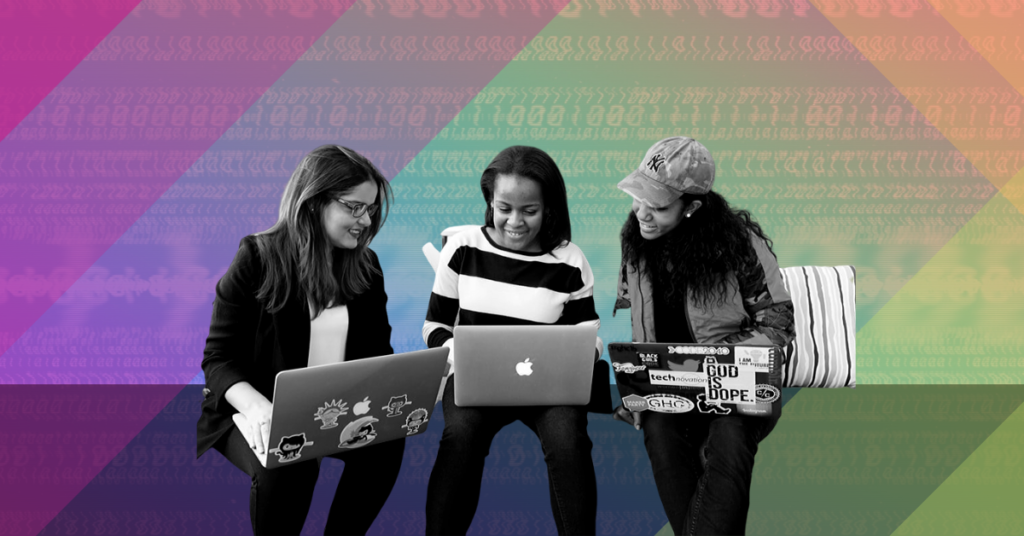Study suggests normalizing diversity & inclusion makes people more tolerant

Verbalizing support for a diverse community may create more awareness and help close racial gaps in education, according to a new study out of the University of Wisconsin-Madison and published in Nature Human Behaviour.
Researchers point to the ongoing anti-Black racism protests as evidence that exposure to diversity leads to more tolerance.
Over the past few weeks, an ever-growing number of people have voiced support for the movement — but it is still unknown whether or not that will remain after the protests have tapered.
RELATED: Studies suggest confrontation may make people more aware of their biases
It is also too soon to tell if some of the support is being voiced performatively or if it will lead to real change.
Still, the large-scale study, which involves a pro-diversity intervention designed by the lab of UW-Madison psychology professor Markus Brauer, signifies that constant exposure to pro-diversity messaging over a long period can have conscious and unconscious effects.
First, the team conducted a series of focus groups with 2,490 UW-Madison students. Participant ages ranged from 18 to over 60, and the demographics were different for each.
The paper divides its sample into two groups: Caucasian (non-Hispanic) participants who were either Christian or had no religion were considered to be ‘privileged,’ whereas all other participants were considered to be ‘marginalized.’
The majority of the participants in the focus groups were white males and females, with a small sample identifying as non-binary. The exact demographic breakdown of the ‘marginalized’ group is unclear.
RELATED: The power in everyday kindness
Non-white and white students were asked what types of actions make them feel excluded and what would make them feel more welcome.
Non-white students said they felt ignored by white students. Not being included in group projects, activities, or simple interactions were among the examples given.
“When we asked about what decreased their sense of belonging, they didn’t complain so much about racial slurs or explicit forms of discrimination,” says Brauer.
“It was the distance, the lack of interest, the lack of caring that affected them.”
Next, alongside graduate student Mitchell Campbell and Sohad Murrar, who is now a psychology professor at Governors State University in Illinois, the findings from the focus groups were used to create a social media-style marketing campaign to normalize discussions around diversity.
They designed a poster reporting results from the actual survey — that 93 per cent of students say they embrace diversity, and that 84 per cent of participants agreed to be pictured on the poster.
They also produced a five-minute video describing pro-diversity opinions reported in other campus surveys.
The posters remained on campus for several years and were exposed to hundreds of students.
Researchers regularly checked in on students after they had interacted with the media.
“When we measured 10 or 12 weeks later, the students who were exposed to the interventions report more positive attitudes towards members of other groups and stronger endorsement of diversity,” Brauer says, adding there was a greater impact on ‘marginalized’ students.
“The students belonging to marginalized groups tell us that they have an enhanced sense of belonging. They are less anxious in interactions with students from other ethnic groups. They tell us that they’re less and less the target of discrimination. They evaluate the classroom climate more positively and feel that they are treated more respectfully by their classmates.”

Lastly, researchers tested the usefulness of diversity intervention in UW-Madison courses where white students historically earned better grades than all other students.
They say the grades of white and non-white students were equal in courses that exposed the students to the 5-minute video, suggesting diversity interventions may help close the education gap.
“We know the marginalized students experience discrimination; we know their feelings are valid. But we know, too, from the campus climate surveys and our own extensive surveys, that their fellow students report real appreciation for diversity, and tell us that they want to be inclusive,” Brauer says.
“They stay socially distant, though, because they worry about putting themselves out there. Our experience is that this intervention is changing those perceptions and experiences, and possibly the behaviour, of both groups.”
The paper is calling on utilizing more pro-diversity initiatives as a way to dismantle systemic racism.
“For a long time, we’ve had no idea whether the things we do in the diversity domain actually have a beneficial effect,” Brauer says.
“We’re hoping to change that.”

Like what you see? Click here to learn how YOU can support We Rep STEM.
